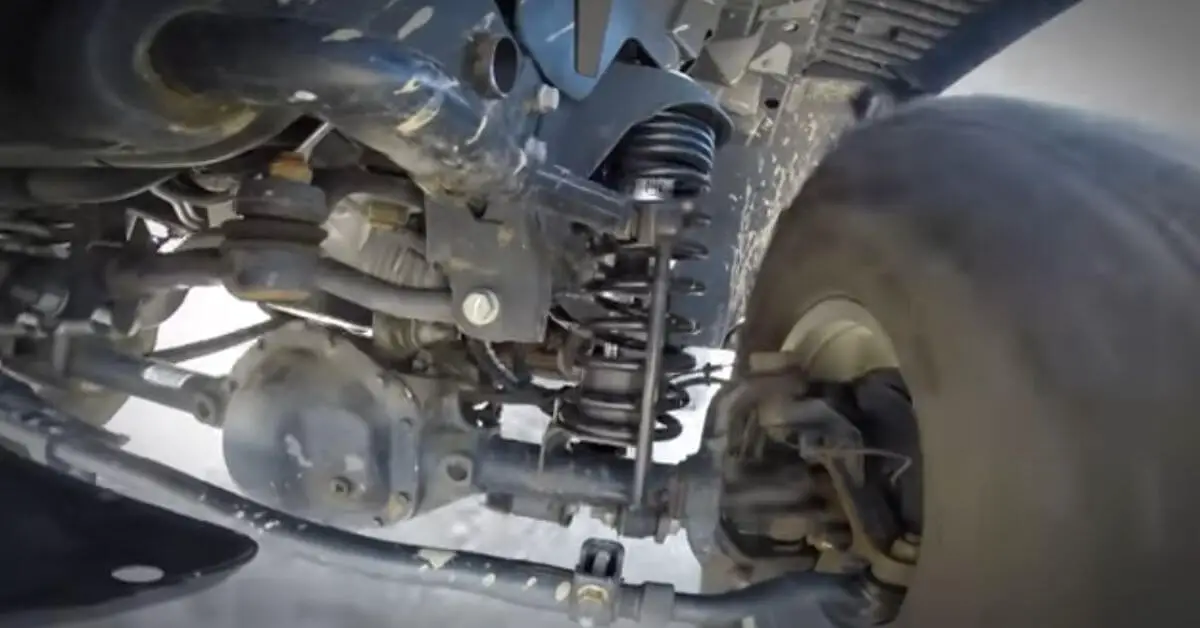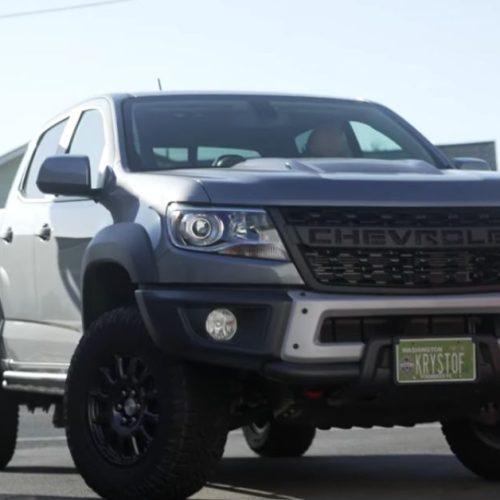What Year Did Jeep Go to Coil Springs: In the world of off-roading and automobile enthusiasts, Jeep has carved out a special place for itself. Jeep vehicles are renowned for their ruggedness and off-road capabilities, and one of the crucial elements contributing to this is their suspension systems. One of the pivotal transitions in the history of Jeep’s suspension system was the adoption of coil springs.
Coil springs provide a smoother ride and better off-road performance compared to traditional leaf springs. They offer improved articulation, traction, and overall handling, making them highly desirable for serious off-road enthusiasts and everyday drivers alike. So, when did Jeep make the switch to coil springs?
The Transition to Coil Springs
Jeep made the significant transition to coil springs in the year 1997. This change marked a paradigm shift in the suspension system of several Jeep models, particularly the Jeep Wrangler. The introduction of coil springs in the Wrangler lineup brought about a host of improvements, enhancing its off-road prowess and on-road comfort.
Before 1997, many Jeep models, including the Wrangler, featured leaf spring suspensions. While leaf springs have their advantages such as simplicity and cost-effectiveness, they are not as adept at handling rough terrain and providing a smooth ride as coil springs. The adoption of coil springs represented a leap forward in terms of ride quality and off-road performance for Jeep vehicles.
Impact on Off-Road Performance
The shift to coil spring suspension had a profound impact on the off-road capabilities of Jeep vehicles. The enhanced articulation and wheel travel afforded by coil springs enabled Jeeps to conquer more challenging trails and obstacles. The improved suspension geometry and shock absorption capabilities made for a more comfortable and controlled off-road driving experience.
Models like the Jeep Wrangler benefitted immensely from the switch to coil springs, cementing their status as formidable off-road machines. Off-road enthusiasts appreciated the newfound capability and versatility of Jeep vehicles, which contributed to their enduring popularity in the off-road community.
On-Road Comfort and Handling
Besides off-road performance, the transition to coil springs also had a positive impact on on-road comfort and handling. Coil springs have the ability to provide a smoother and more compliant ride compared to leaf springs, especially over uneven pavement and bumps. This significantly improved the day-to-day driving experience for Jeep owners.
Moreover, the enhanced stability and reduced body roll offered by coil spring suspensions resulted in better on-road handling characteristics. Drivers found the vehicles to be more composed and predictable, especially when navigating corners and challenging road conditions. Overall, the transition to coil springs contributed to a well-rounded driving experience for Jeep owners.
Continued Evolution
Since the adoption of coil springs, Jeep has continued to refine and improve its suspension systems. Advanced technologies such as adjustable dampers, electronic sway bar disconnect systems, and active off-road suspension setups have further elevated the off-road prowess and on-road comfort of Jeep vehicles.
As Jeep pushes the boundaries of off-road innovation, the suspension system remains a crucial area of focus. The evolution from leaf springs to coil springs represented a pivotal moment in the history of Jeep’s off-road capabilities, and the ongoing advancements continue to solidify Jeep’s position as a leader in off-road performance and capability.
Frequently Asked Questions Of What Year Did Jeep Go To Coil Springs? Exploring The Evolution Of Jeep’s Suspension System!
What Year Did Jeep Transition To Coil Springs?
Jeep transitioned to coil springs in 1996 to enhance both on-road and off-road performance.
Why Did Jeep Decide To Switch To Coil Springs?
Jeep decided to switch to coil springs due to their ability to provide a more comfortable ride, improved articulation, and better axle control.
How Did The Introduction Of Coil Springs Benefit Jeep?
The introduction of coil springs provided Jeep vehicles with improved suspension flexibility, better traction, and increased stability on uneven terrains.
What Advantages Do Coil Springs Offer Compared To Leaf Springs?
Coil springs offer advantages such as better ride quality, increased suspension movement, improved handling, and enhanced maneuverability.
Conclusion
The year 1997 marked a significant milestone in the history of Jeep’s suspension systems, as it transitioned from leaf springs to coil springs. This change not only improved the off-road performance and capabilities of Jeep vehicles but also enhanced their on-road comfort and handling. The move to coil springs represented a revolutionary step for Jeep, contributing to the enduring legacy of ruggedness and capability that defines the brand.
Read Also,
- What is Speed Control on a Jeep: Your Ultimate Guide
- Best Lift for Jeep Gladiator: Unleash Your Off-Road Potential!
- Revamp Your Jeep CJ5: Uncover the Power of the Best Shocks!
- Best Wheels for Jeep Gladiator: Unleash the Power and Style!
- Will Jeep Cherokee Seats Transform Your Wrangler Experience?
- Where is the Xm Antenna on a Jeep Wrangler: Uncovering the Hidden
- Can I Put a Plow on My Jeep Liberty? Unveiling the Power Capability
- Where Does Jeep Come from: The Unveiling of Jeep’s Origin and Heritage
- Configurations for 2023 Toyota Highlander: Unleashing the Perfect Powerhouse
- Does Jeep Warranty Protect Against Cracked Windshield? Uncovering the Truth!





